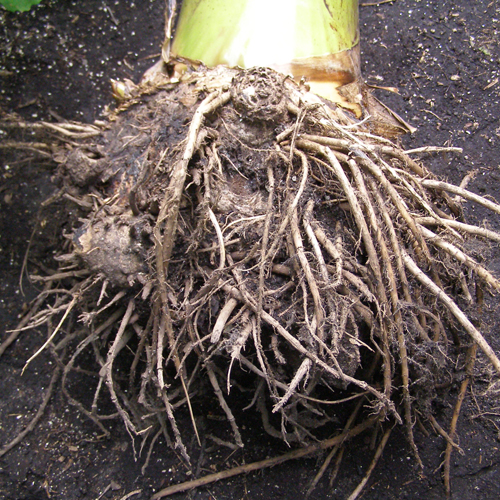Monoculture in Bananas
The cultivation of a single crop in a given area is the definition of a monoculture. this a very common problem with Banana cultivation as in modern times the most commonly grown banana is the Cavendish banana, and it is currently threatneed by a new strain of the Panama Disease that it is not resistant to. This has happened before in history.
History
The intense monoculture had swathed the landscapes of Latin America in Gros Michel farms. Moreover, because banana cultivation requires vegetative reproduction, given the fruits seedless, and therefore asexual, properties, the acres of Gros Michel banana crops were all genetically identical. From 1899 onward, a plantain pathogen known as Fusarium oxysporum, colloquially known as “Panama Disease” or “fusarium wilt,” began spreading through banana plantations worldwide. Panama disease, caused by a soil fungus, inevitably led to the death of its host, and the Gros Michel varietal proved particularly vulnerable to the fungus. By the 1930s, Panama disease had diffused to nearly all of the banana farms of the American tropics, and by the 1950s had annihilated the Gros Michel commercially. The fruit conglomerates had no choice but to abandon the varietal in favor of newer forms, and by 1958, the plantations turned to the Cavendish varietal, a smaller, less flavorful version of the Big Mike, but with a greater resistance to Panama Disease.
Modern
Today, the Cavendish banana remains the dominant banana varietal exported. However, it, too is in danger of commercial extinction. A strain of fusarium wilt, known as “Tropical Race Four,” is moving from Southeast Asia across the tropical band, spread by both anthropogenic and natural means. The Cavendish is vulnerable to this strain of Panama Disease, and its commercial extinction, like its predecessor, seems likely. Yet, the danger of Panama Disease, and its ilk, is not solely the burden of the desert banana, and thus the relatively small (15% worldwide) portion of bananas grown worldwide.
Modern
Today, the Cavendish banana remains the dominant banana varietal exported. However, it, too is in danger of commercial extinction. A strain of fusarium wilt, known as “Tropical Race Four,” is moving from Southeast Asia across the tropical band, spread by both anthropogenic and natural means. The Cavendish is vulnerable to this strain of Panama Disease, and its commercial extinction, like its predecessor, seems likely. Yet, the danger of Panama Disease, and its ilk, is not solely the burden of the desert banana, and thus the relatively small (15% worldwide) portion of bananas grown worldwide.
Banana diseases at epidemic levels threaten not only the monoculture plantations, but also the smaller, diverse banana crops propagated by small-scale farmers throughout the world. If a disease manages to evolve past a resistant breed’s natural defenses, it may be able to “jump” the barrier from non-resistant types to affect even resistant varieties of the fruit. Thus, an epidemic disease may be commercially devastating, but it is potentially of even greater danger to the millions of bananas grown for subsistence around the world. If epidemic disease jumps readily from banana-type to banana-type, humans around the tropical world face potential starvation on a massive scale. This is especially relevant in South America, as plantains and bananas make up a significant part of the daily diet.





